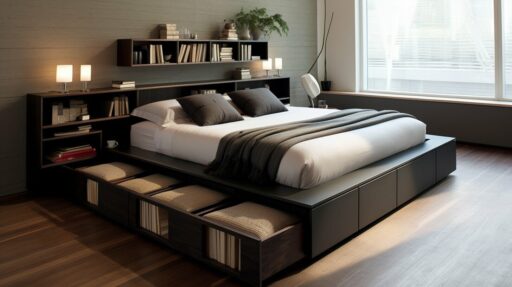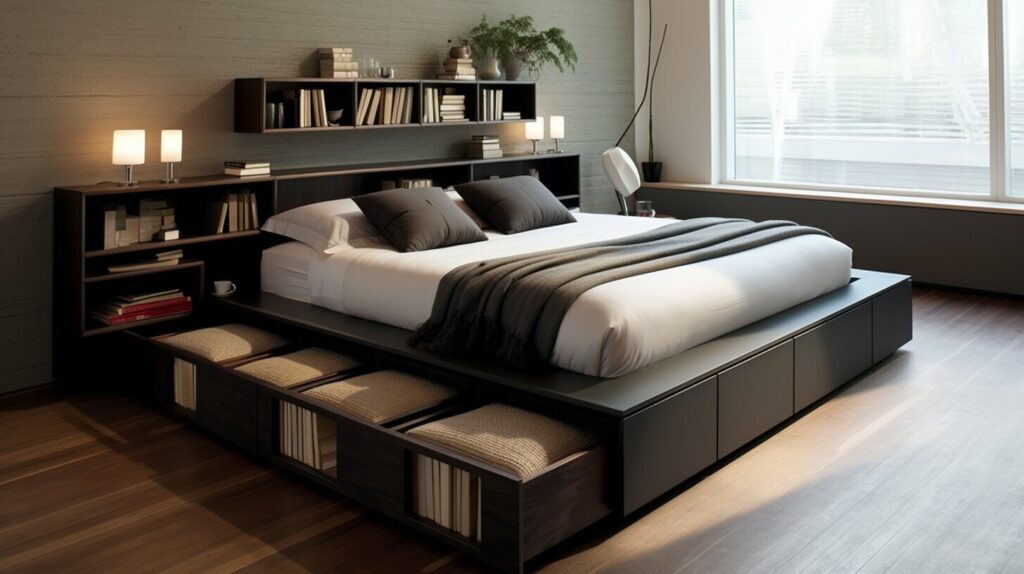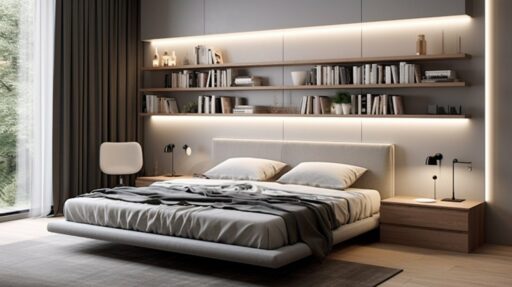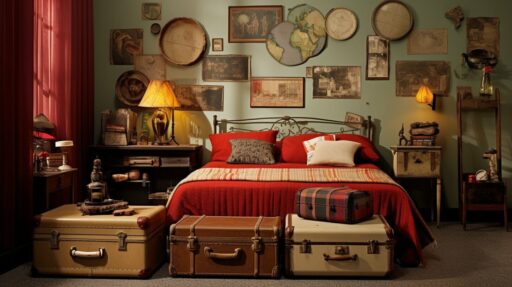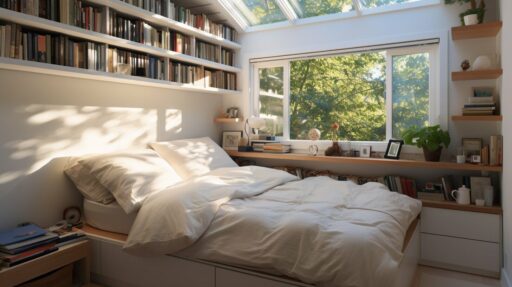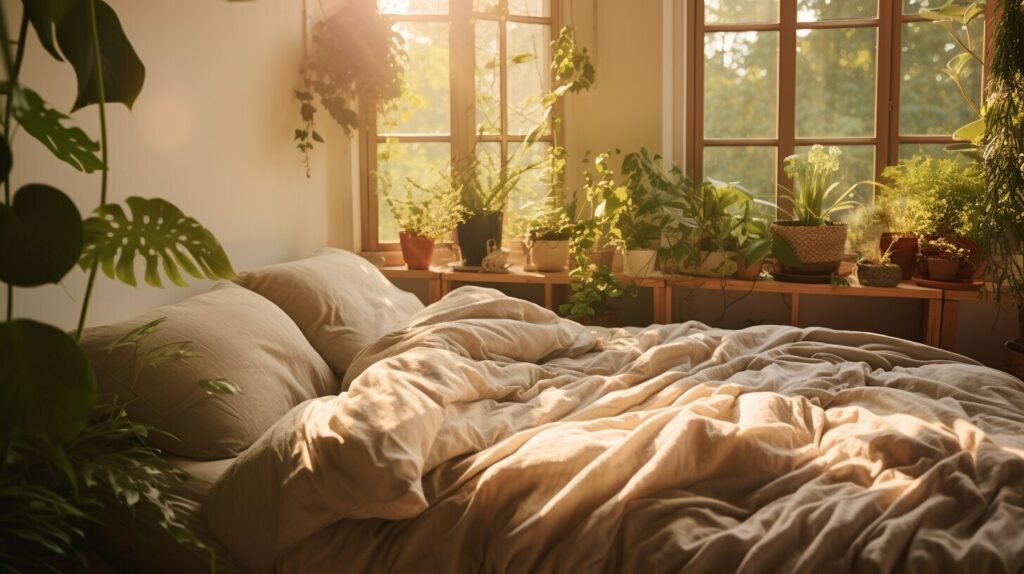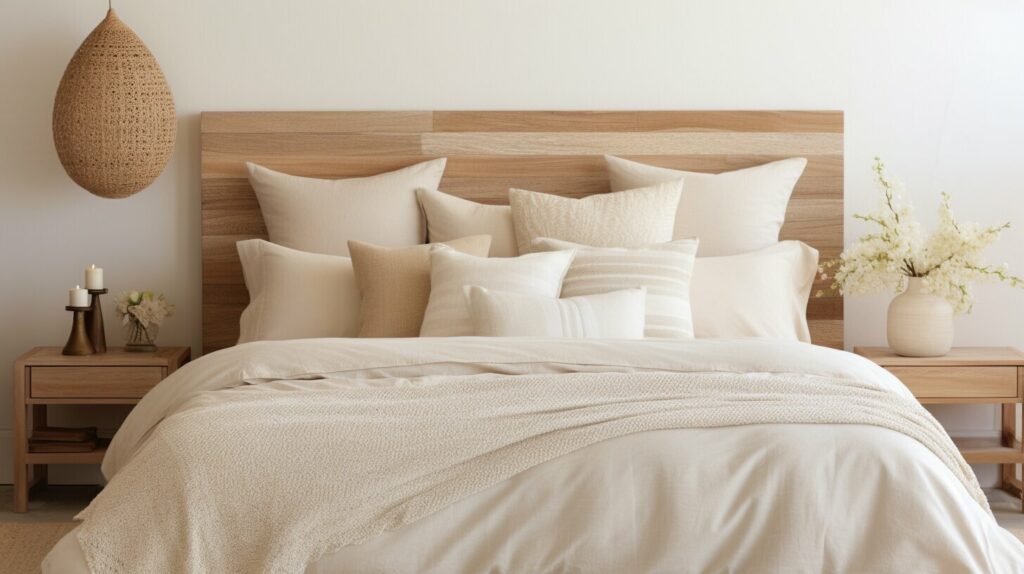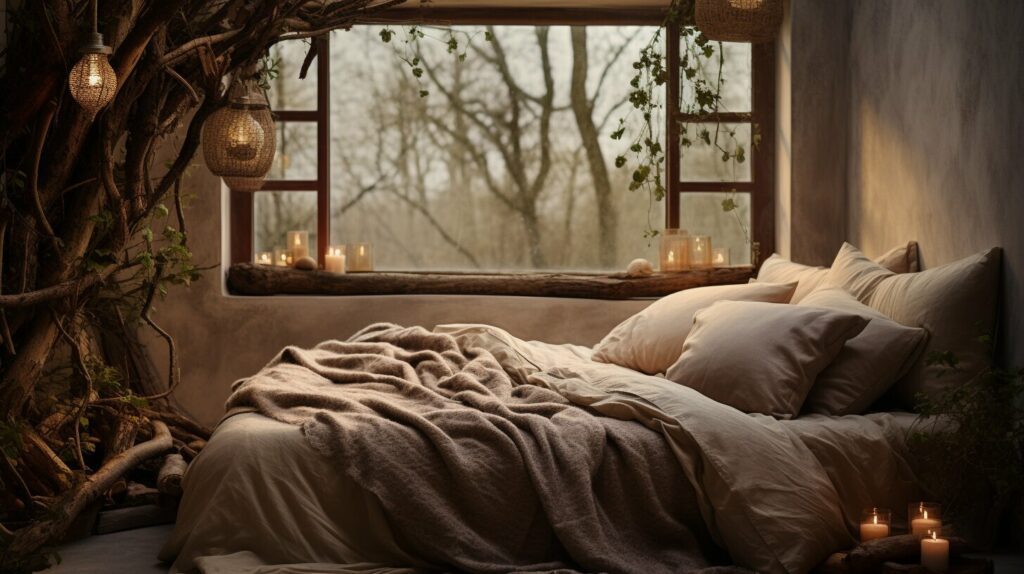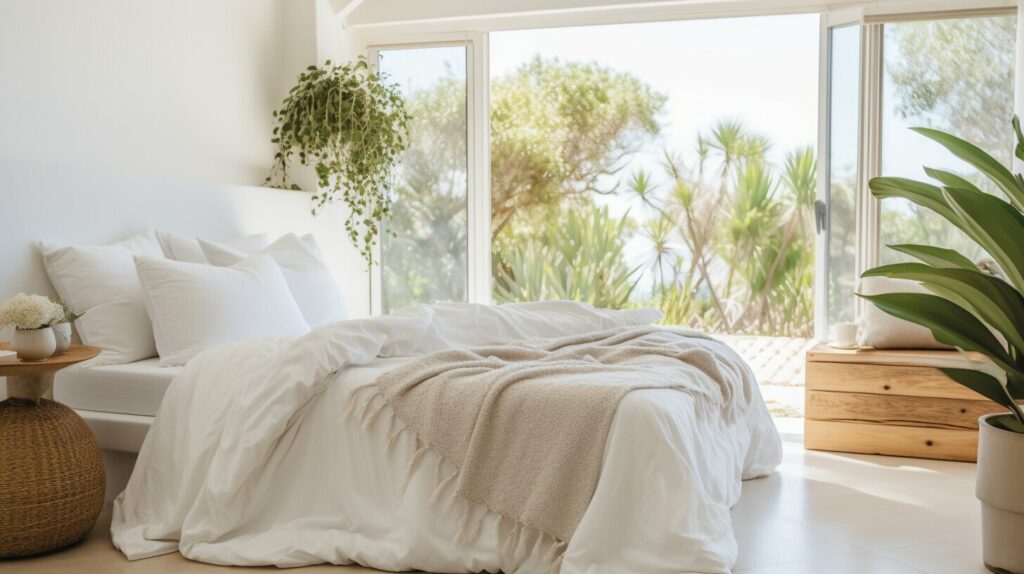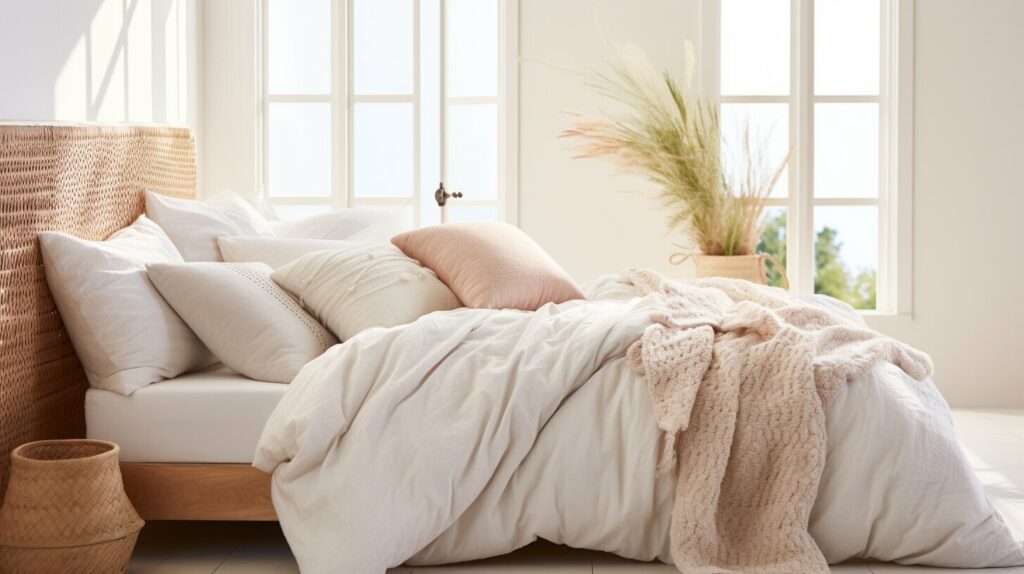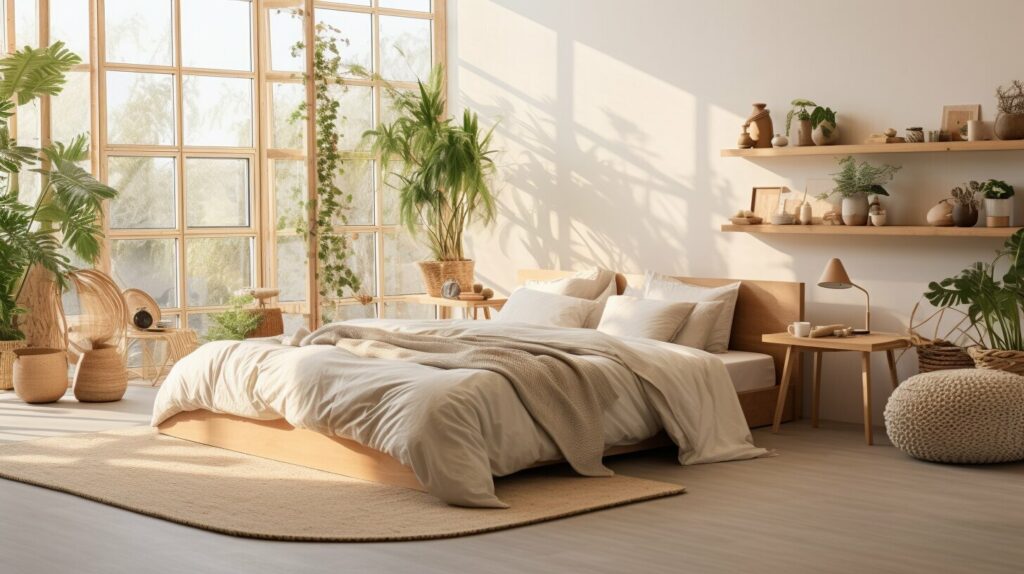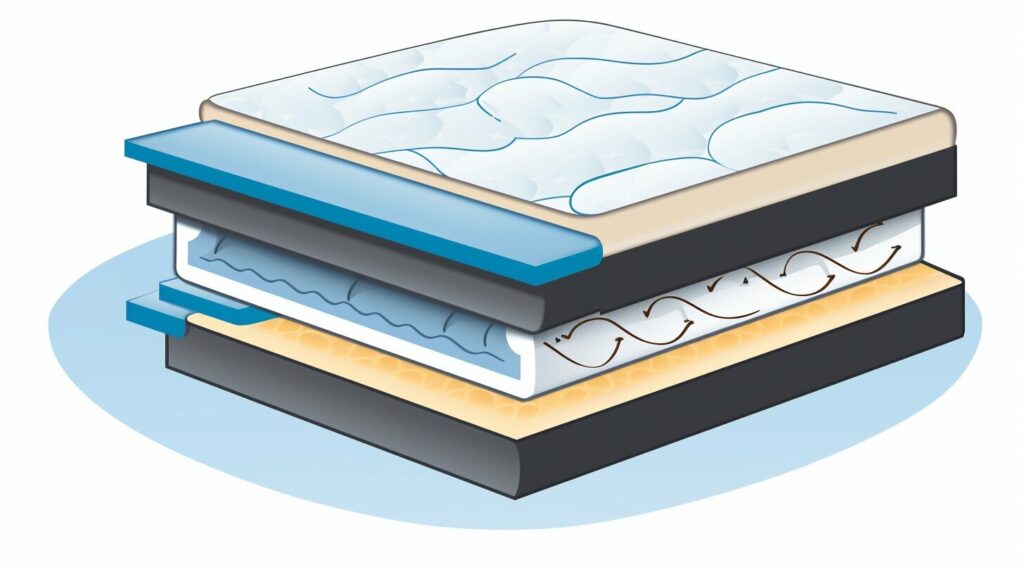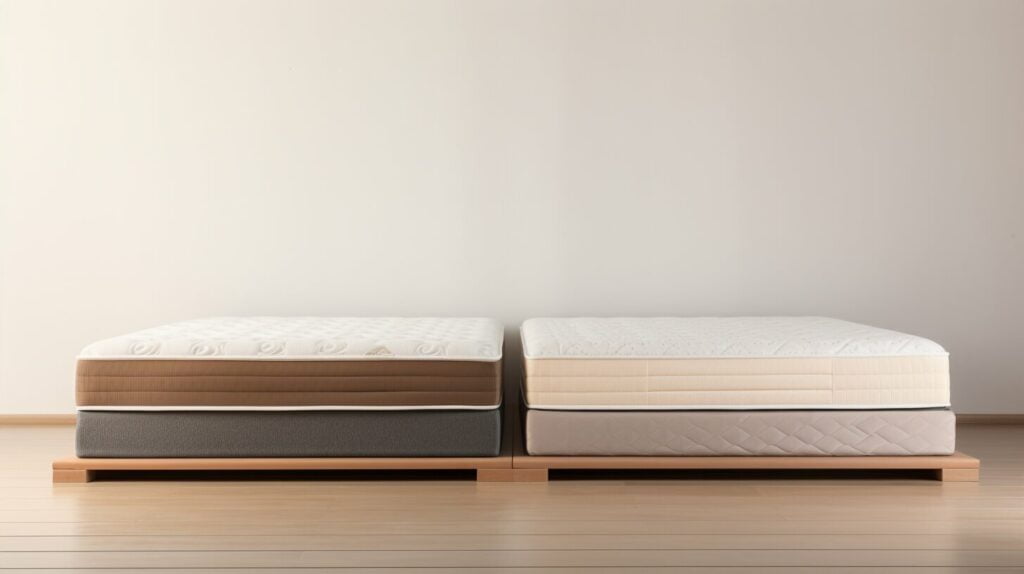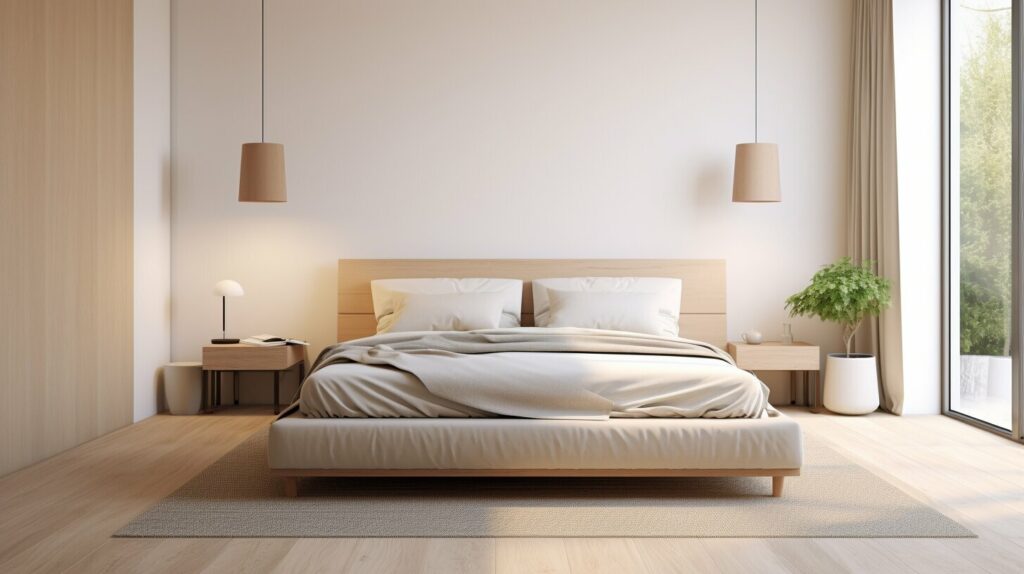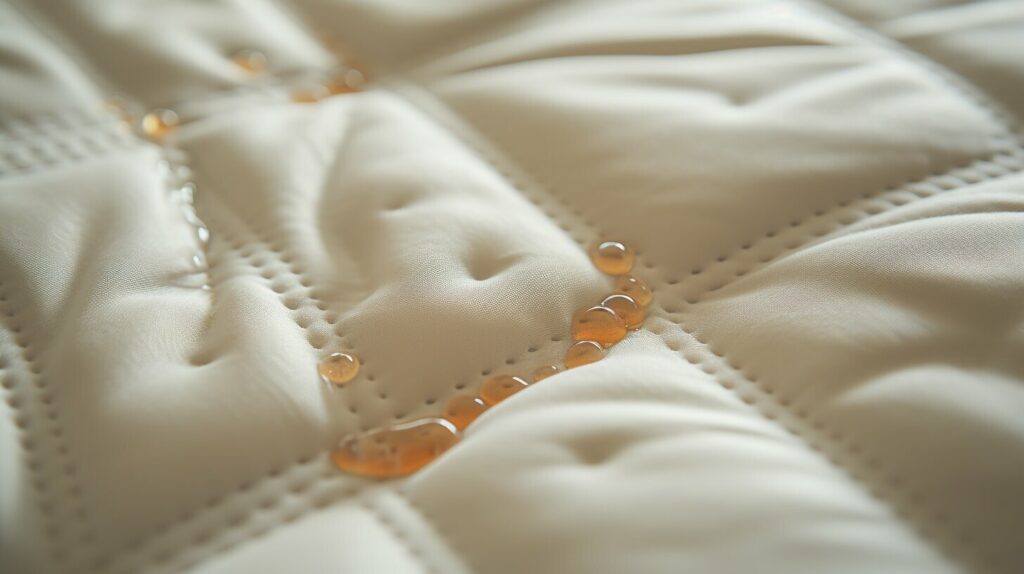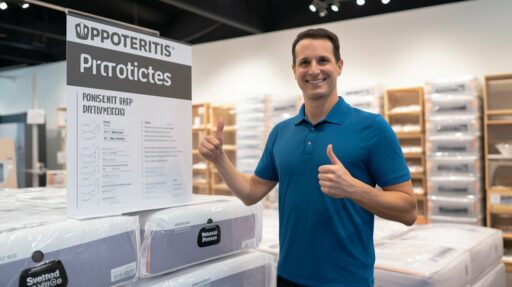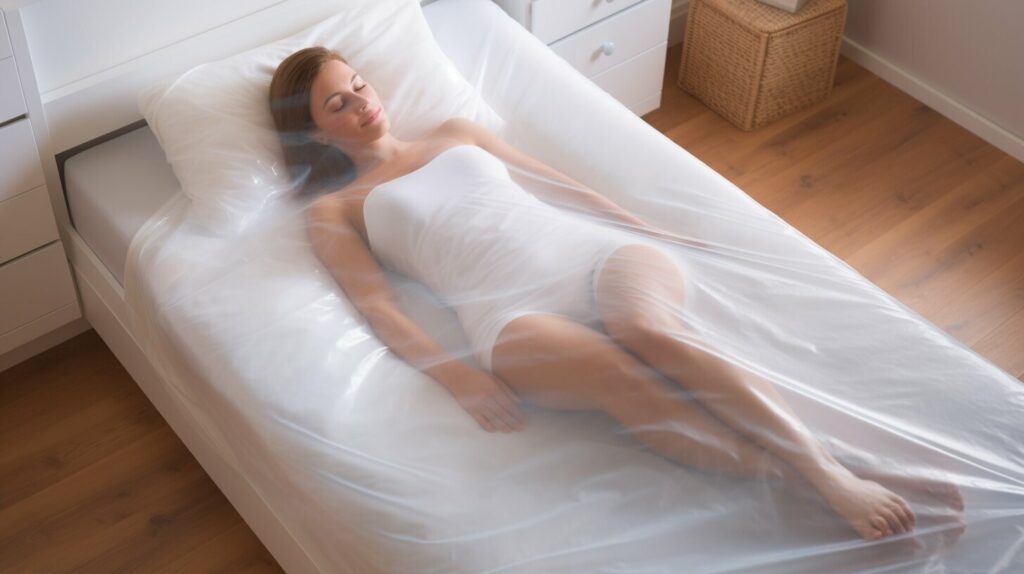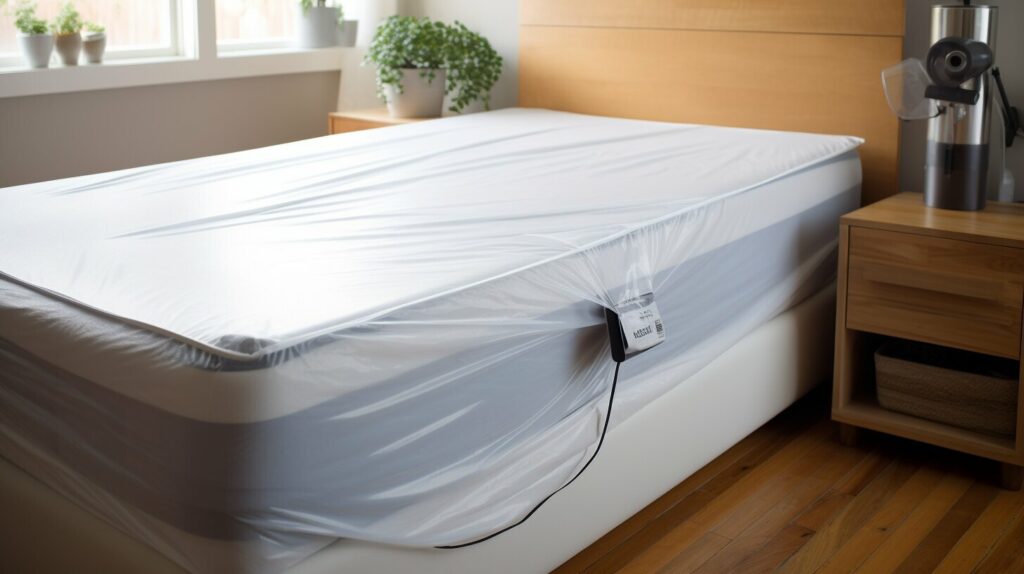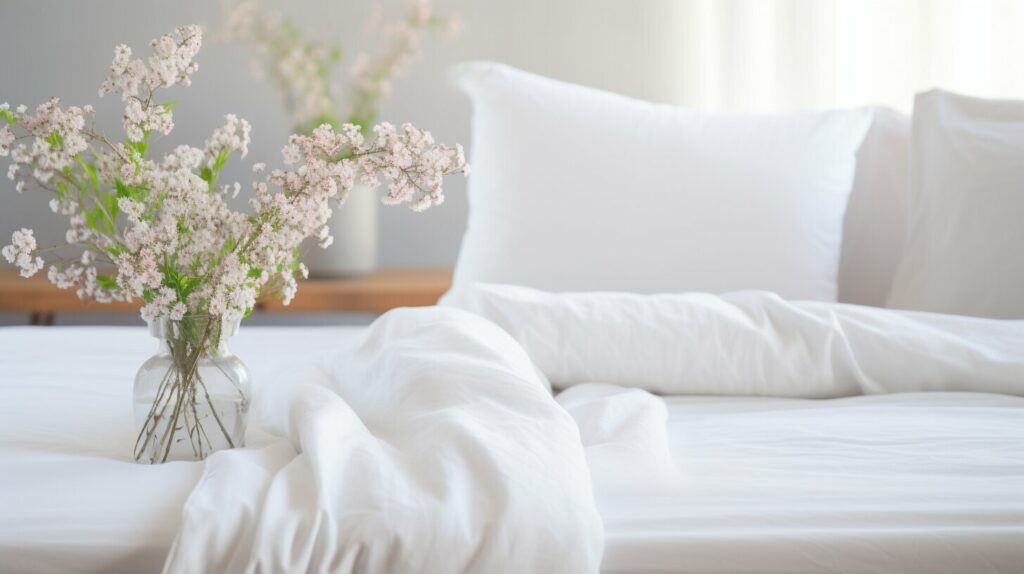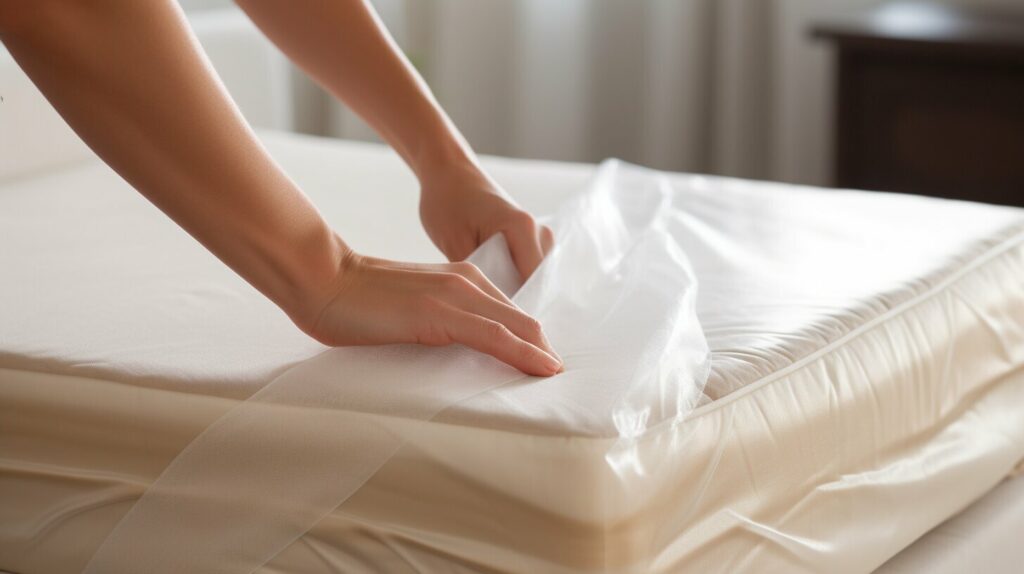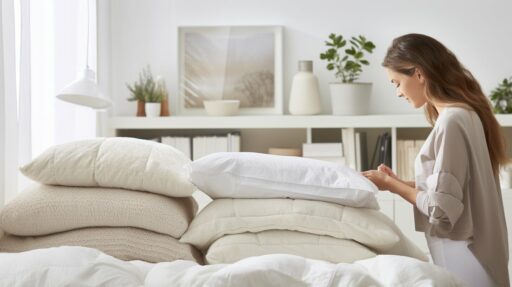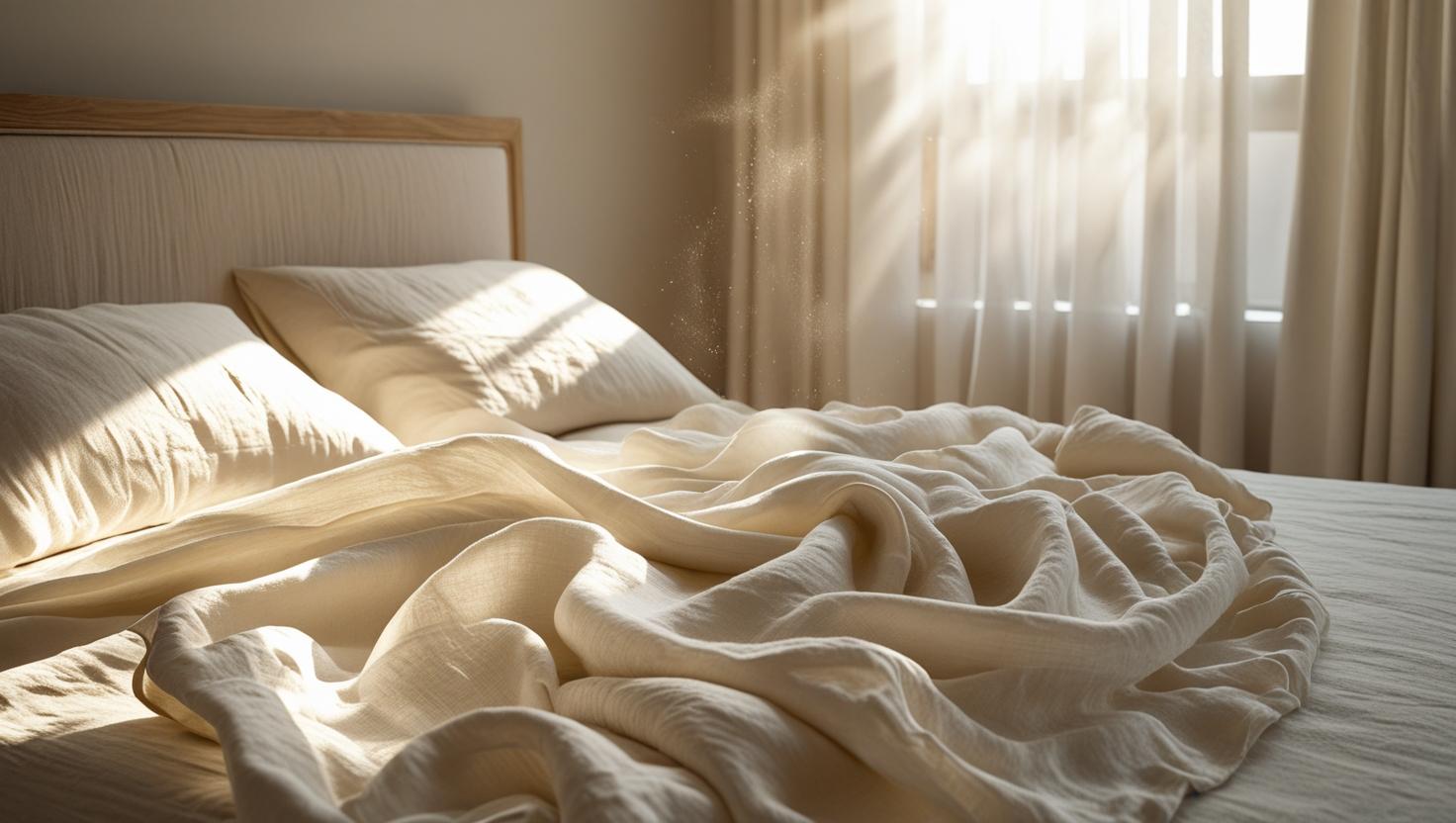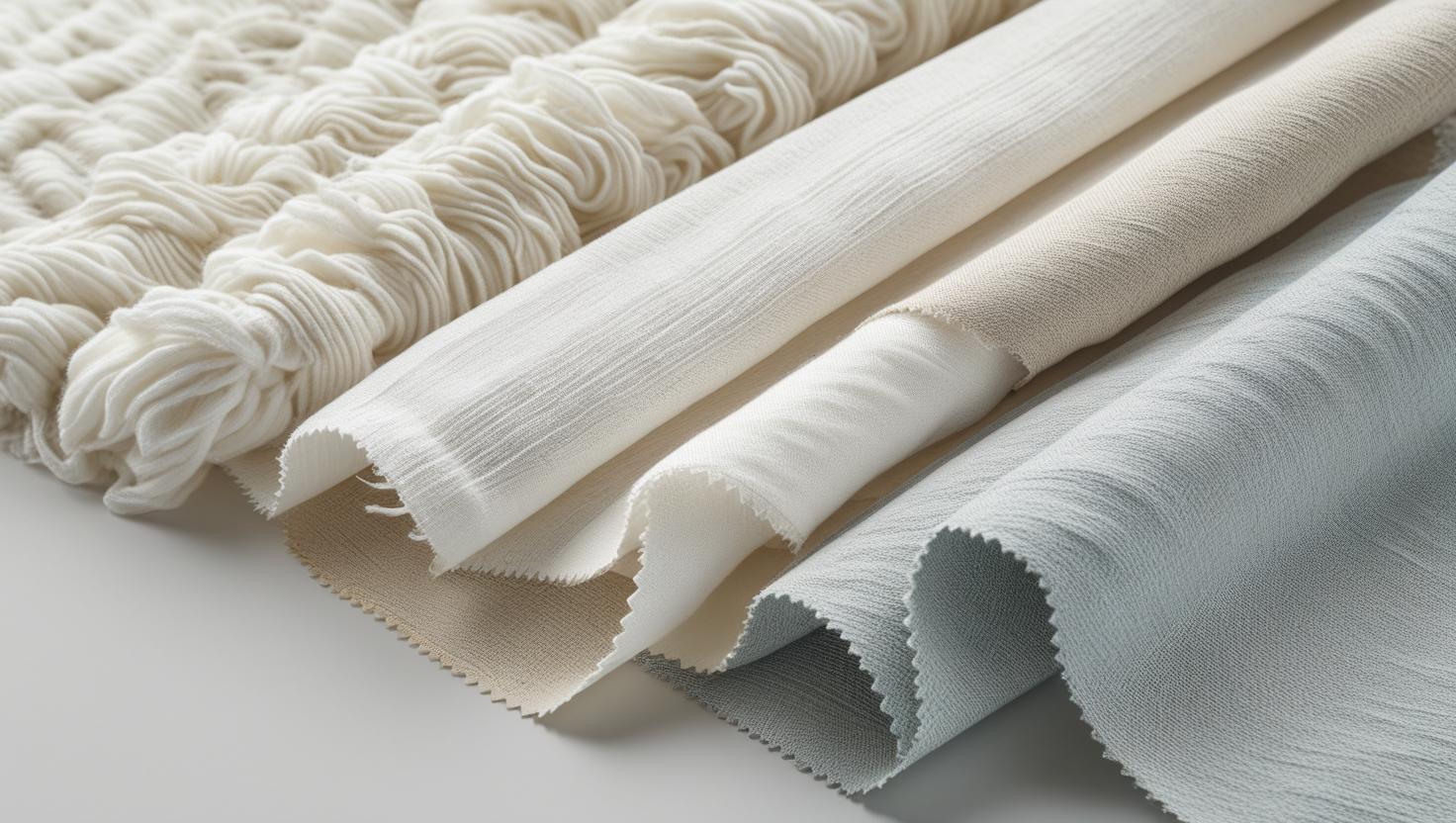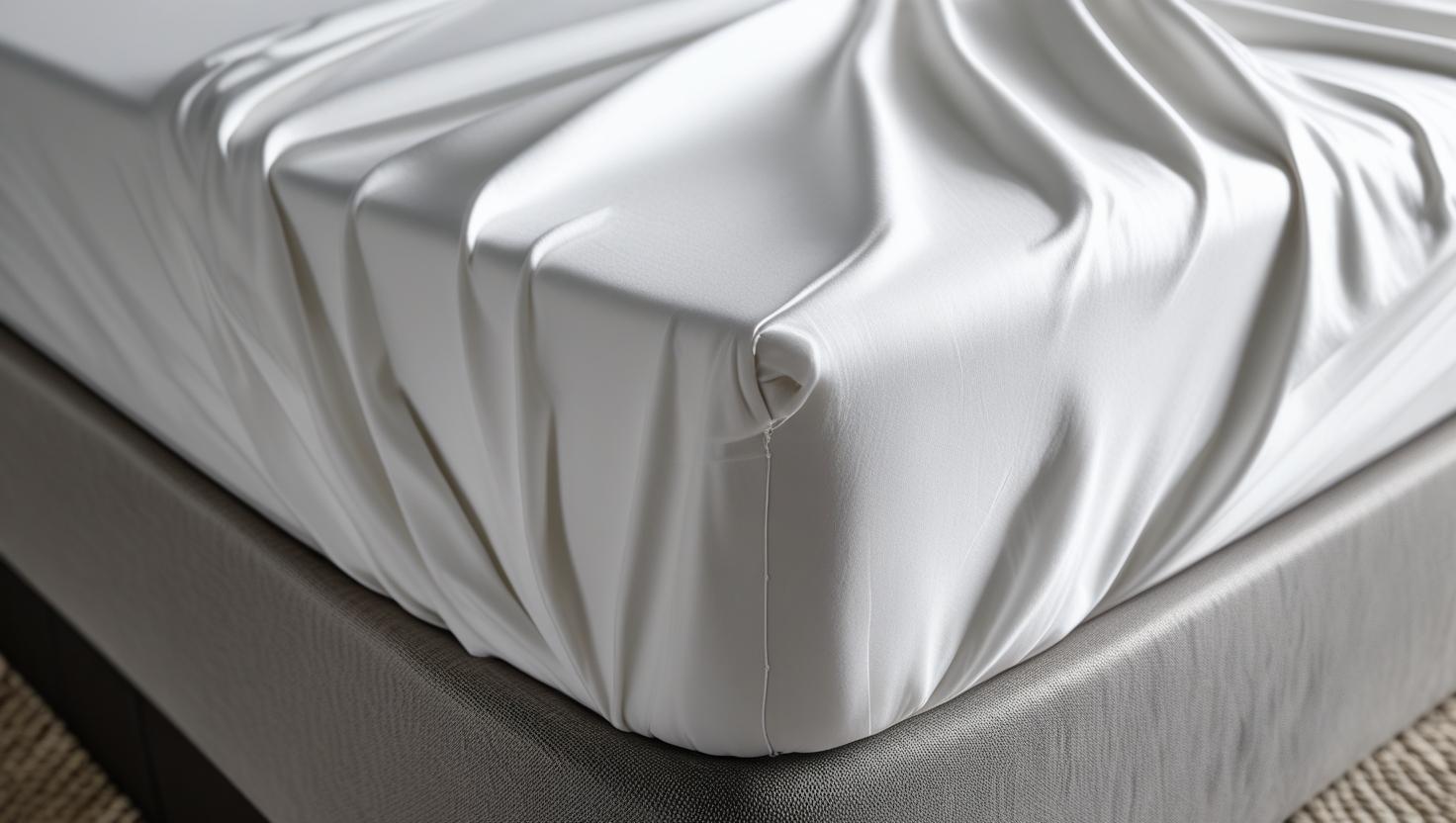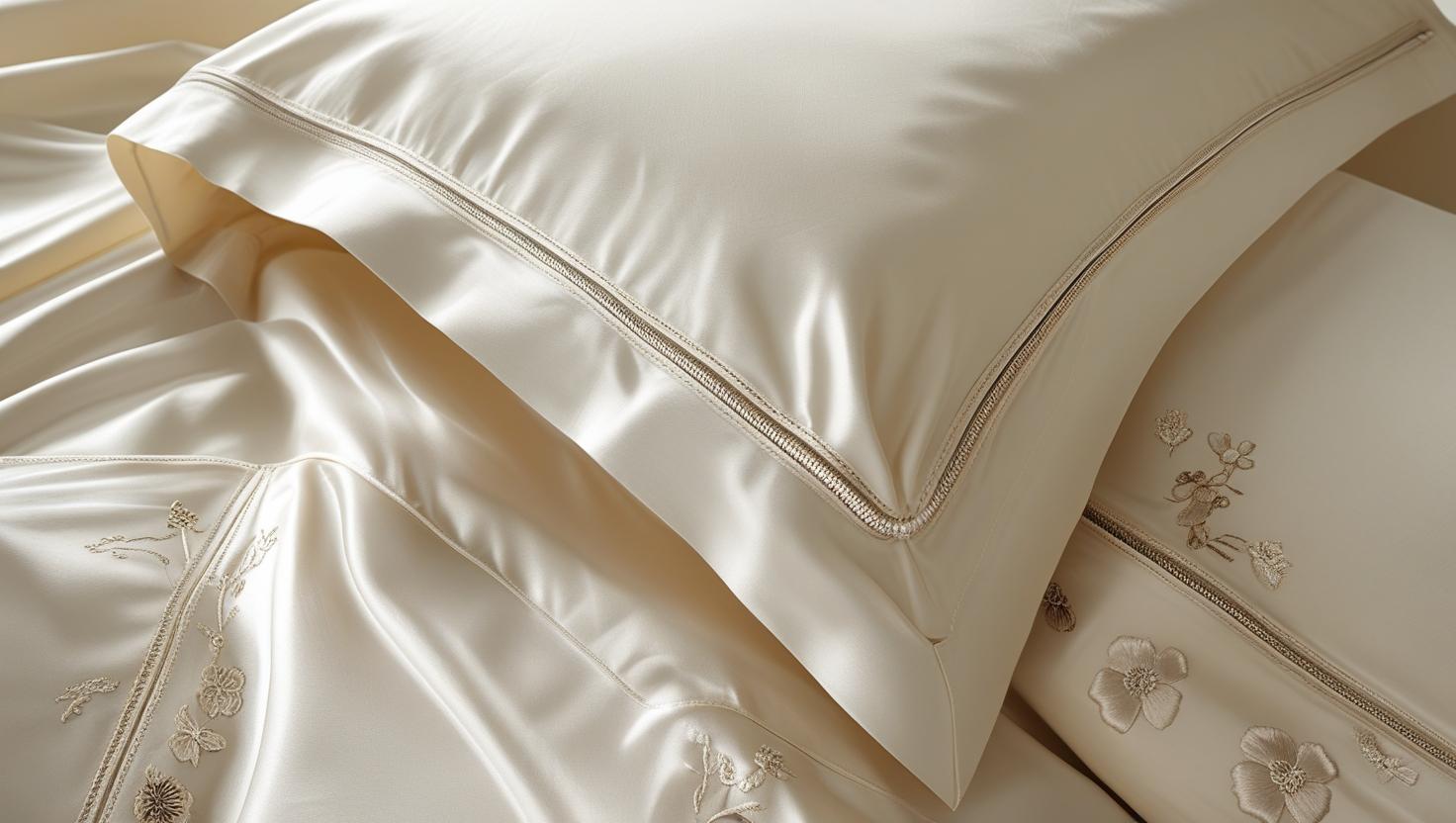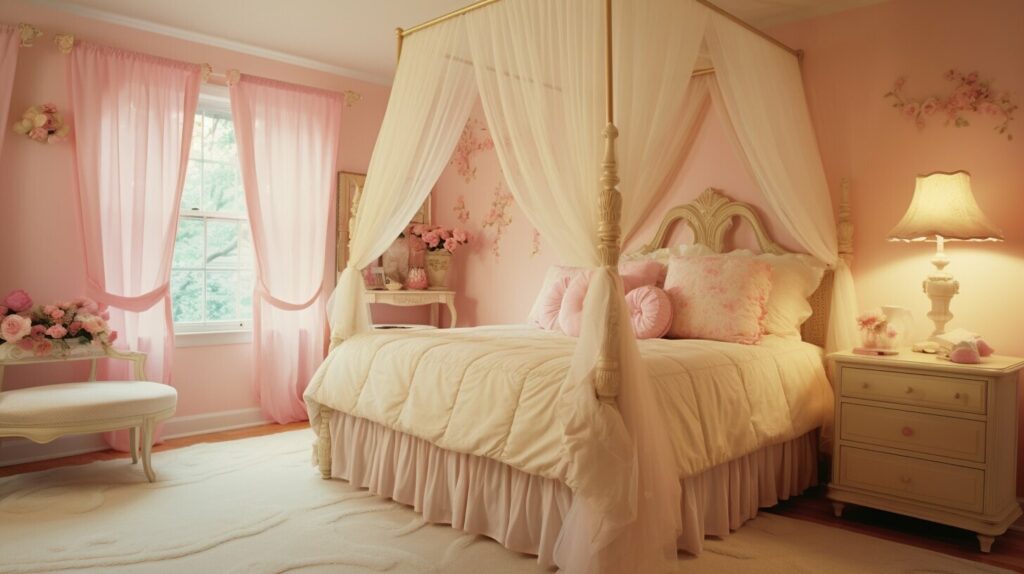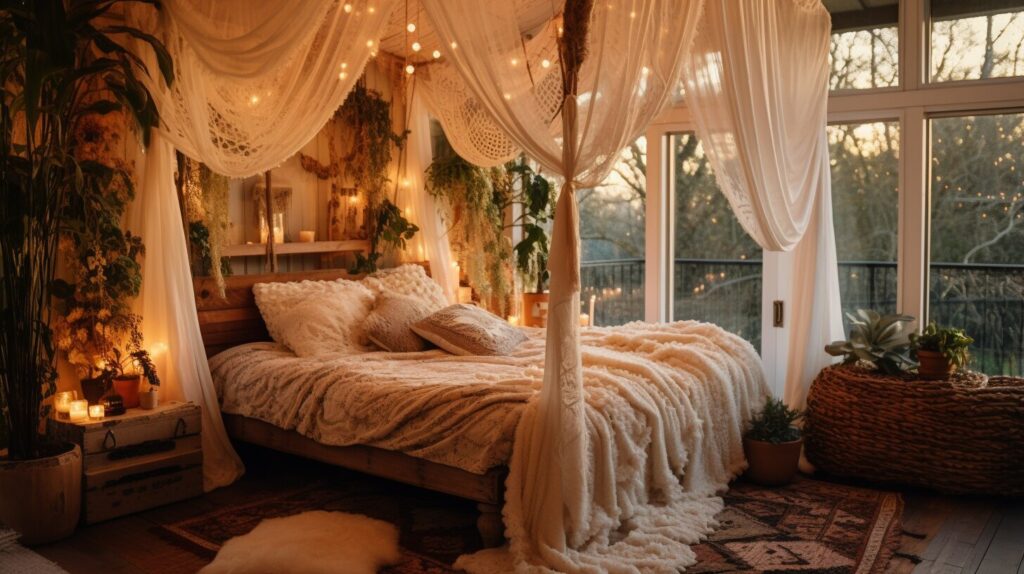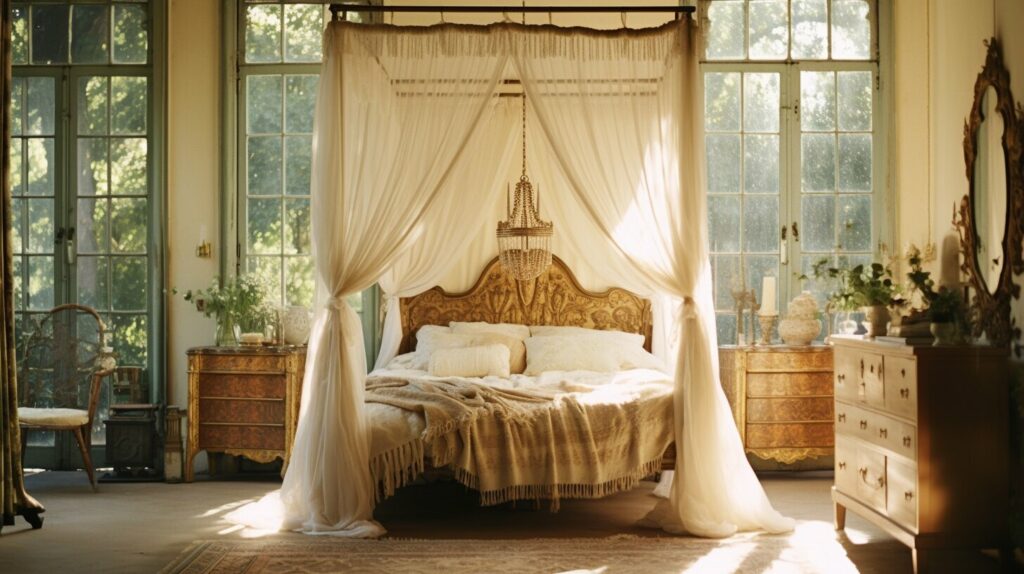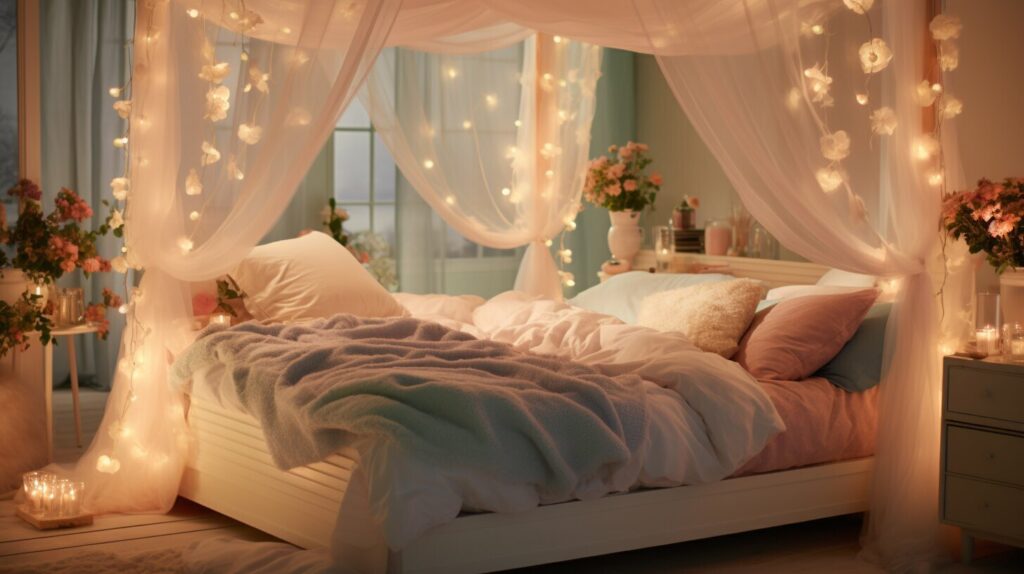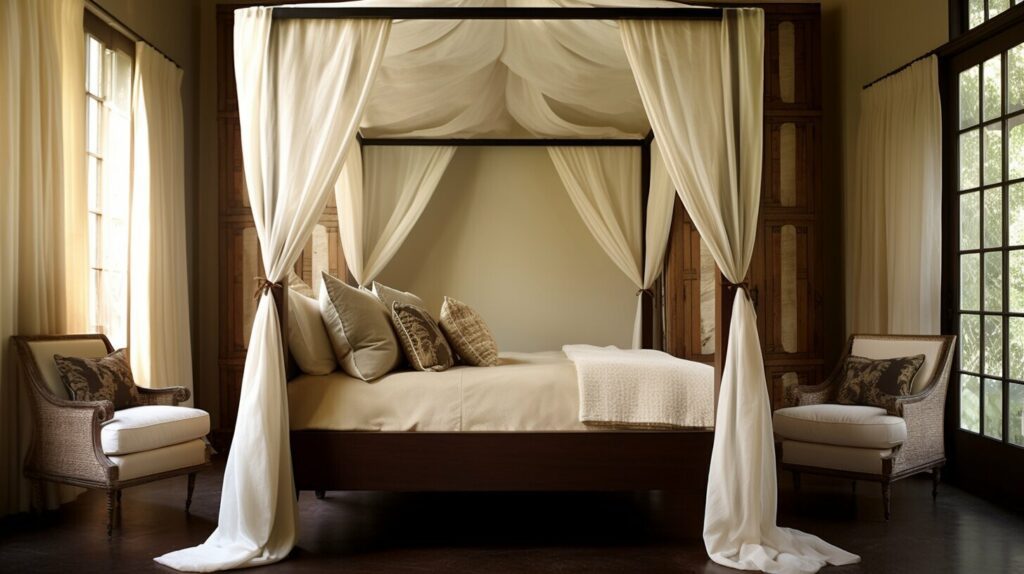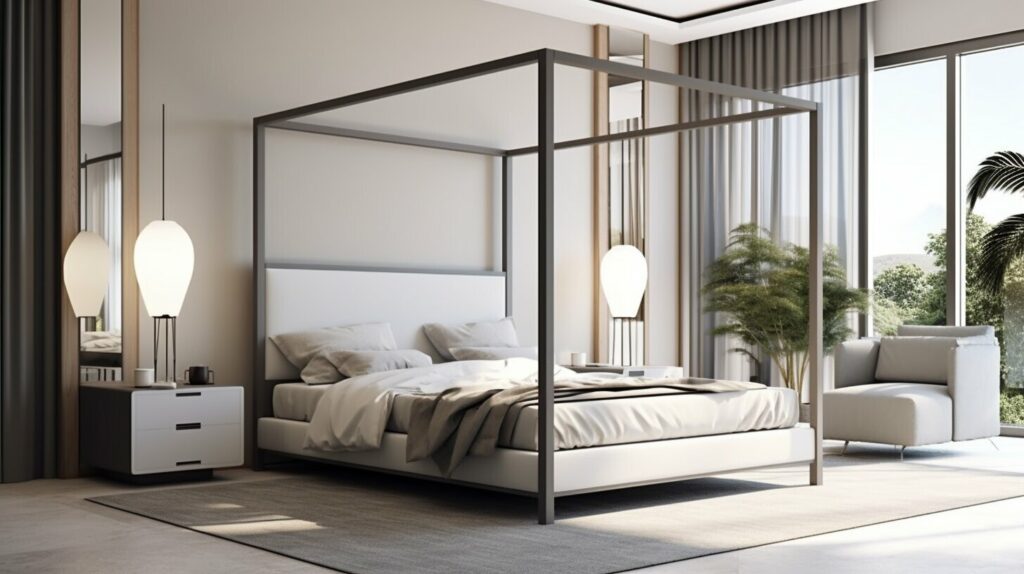Advantages of Platform Beds
The advantages of platform beds are changing the way people think about bedroom comfort, style, and storage. If you want a bed that’s practical, beautiful, and built to last, understanding the advantages of platform beds will help you make the best choice for your home and your sleep.
Key Takeaways
- Platform beds eliminate the need for a boxspring or foundation, saving money and space.
- Modern designs with built-in storage maximize bedroom organization and reduce clutter.
- Durable construction and customizable heights support healthy, restful sleep for years.
- Low-profile aesthetics can make rooms feel larger and more relaxing.
- Versatile options suit every budget, from affordable basics to luxurious designer pieces.
1. Elimination of the Need for a Box spring or Foundation
One of the standout advantages of platform beds is their integrated support system—solid slats or panels—that removes the need for a box spring. This means you simply place your mattress directly on the platform, saving both money and hassle. According to Sleep Foundation, skipping the boxspring can also improve mattress airflow and extend mattress life. Plus, the lower bed height is a relief for anyone who struggles with climbing onto high beds, such as kids or people with limited mobility.
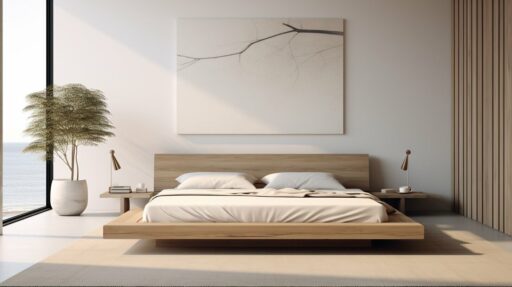
A platform bed’s sleeker silhouette fits especially well in modern and minimalist bedroom designs. By eliminating bulky components, you create a lighter, more open feel—perfect for small rooms or anyone aiming for a clutter-free space.
2. Built-in Storage and Space-Saving Design
Another huge advantage of platform beds is the ability to choose a model with built-in drawers, cubbies, or shelves. This smart design is a game changer for anyone battling limited storage or aiming to keep their bedroom tidy. Store extra bedding, off-season clothes, or nighttime essentials within arm’s reach, and eliminate the need for extra furniture like dressers or under-bed bins.
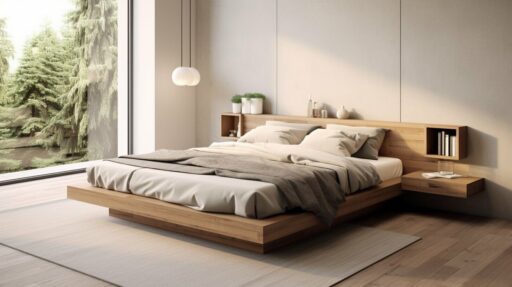
For those in apartments or homes with minimal closet space, the advantages of platform beds with storage cannot be overstated. Shelves are perfect for displaying books or décor, while hidden drawers preserve a clean, uninterrupted look. See more bedroom storage solutions here.
3. Adjustable Heights for Custom Comfort
Adjustable height is an often-overlooked advantage of platform beds. Some models let you set your bed higher or lower based on personal preference. A lower profile can make your room feel open and tranquil, while a higher platform is ideal for those who want easier entry and exit. Couples can also compromise, choosing a height that works for both people.
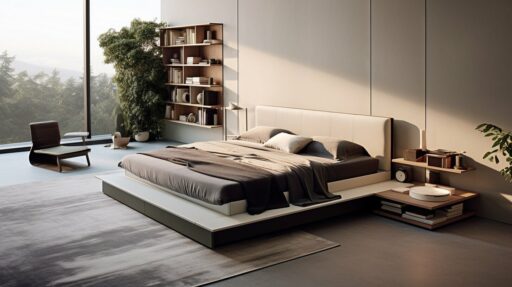
According to Mayo Clinic, ideal bed height is essential for seniors and people with injuries—so platform beds offer ergonomic flexibility for all ages.
4. Low-Profile Aesthetics: Modern & Minimalist Appeal
The low profile is one of the most distinctive advantages of platform beds, creating a clean, contemporary look that feels calm and grounded. Visually, low beds can make your ceilings seem higher and rooms feel larger. This minimalist vibe fits perfectly with Scandinavian, Japanese, and modern interior design, giving your bedroom a timeless elegance.
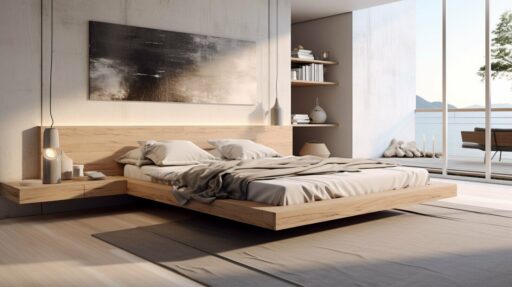
Combine a low-profile platform bed with neutral bedding and simple décor for a cozy, tranquil oasis that promotes relaxation and deep sleep.
5. Durability and Long-Term Investment
When it comes to durability, platform beds excel. Solid wood or sturdy metal platforms are built to last, often outlasting traditional bed frames and boxsprings. This makes them a smart long-term investment—especially since they require minimal maintenance.

Choose a well-reviewed, quality-made platform bed and you could be sleeping on it for decades. Explore sustainable, long-lasting bed frames here.
6. Fits Any Budget—Affordable to High-End
A major advantage of platform beds is the wide range of prices and styles available. You can find minimalist models for under $200, mid-range options with built-in storage for a little more, or splurge on artisan-crafted designs with luxury features. Whatever your budget, there’s a platform bed to suit your style.
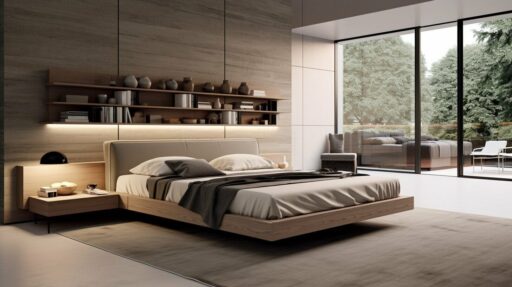
Because they’re less complex than traditional bed frames, platform beds offer a cost-effective solution that doesn’t sacrifice style or comfort. Check out our guide to affordable platform beds.
7. Enhanced Sleep Experience
All these advantages of platform beds add up to one key benefit: better sleep. Proper mattress support, less clutter, and the calming effect of a clean design all contribute to restful nights. Improved air circulation keeps mattresses fresher, and the stable platform prevents sagging, which is crucial for spinal alignment and comfort.
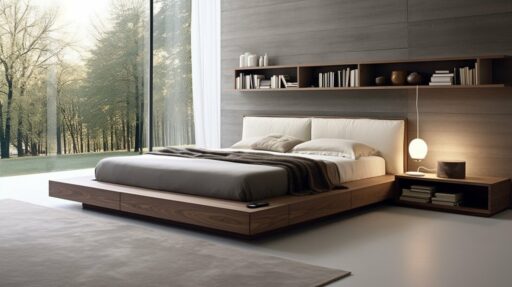
The advantages of platform beds make them a clear favorite for anyone seeking a sleep solution that’s functional, beautiful, and future-proof. Whether you crave more storage, a sleeker bedroom, or simply a durable investment, platform beds deliver comfort, value, and style that stands the test of time.
FAQ
What are the main advantages of platform beds?
Platform beds offer strong mattress support without a boxspring, built-in storage options, modern low-profile design, and excellent durability for a range of budgets.
Do platform beds need a boxspring?
No, one of the biggest advantages of platform beds is that they provide a sturdy base for any mattress, removing the need for a boxspring or foundation.
Are platform beds better for small spaces?
Absolutely. The advantages of platform beds in small bedrooms include extra storage and a streamlined design that makes rooms look and feel larger.
How long do platform beds last?
A high-quality platform bed can last for decades, thanks to durable construction and simple design. Choose solid wood or reinforced metal for the longest lifespan.
Where can I learn more about platform beds and sleep health?
For more insights on the advantages of platform beds and healthy sleep, see resources from Sleep Foundation, WebMD, and Architectural Digest.
For more expert advice, visit our articles on choosing the best bed frame, eco-friendly bedroom ideas, and how to pick the right mattress.

